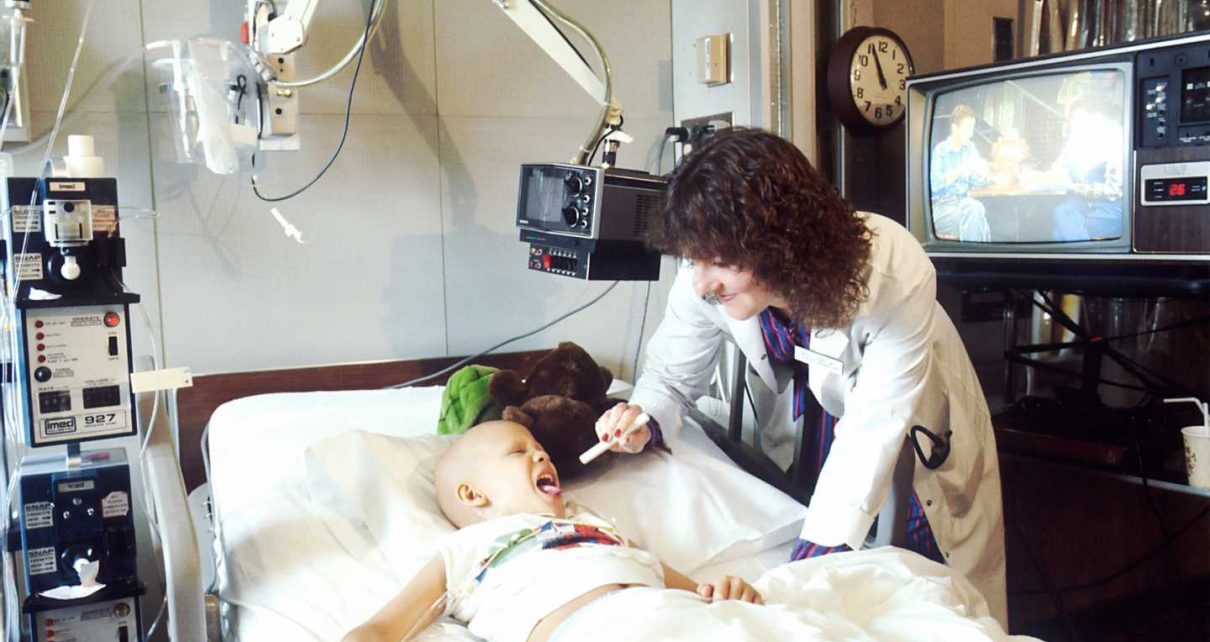
Some Latino children diagnosed with acute lymphoblastic leukemia (ALL) were more likely to experience relapse than non-Hispanic white children, according to data presented at the AACR Annual Meeting 2022, held April 8-13. The study found that among patients without minimal residual disease (MRD), often considered a strong predictor of cure, relapse was more frequent in the Latino population.
ALL is the most common type of cancer diagnosed in children. Thanks to advances in treatment, the five-year survival rate for children diagnosed with ALL is approximately 90 percent.
Nevertheless, approximately 15 percent of children with ALL will experience a relapse, explained the study’s lead author, Philip Lupo, Ph.D., professor of pediatrics at Baylor College of Medicine, director of the Epidemiology and Population Sciences Program at Texas Children’s Cancer and Hematology Center, and member of the Dan L Duncan Comprehensive Cancer Center at Baylor.
“Outcomes after relapse are much worse, with only 35 percent of children surviving after disease recurrence,” Lupo said. “Additionally, poor outcomes are more common among Latinos, who are also more likely to develop ALL compared to non-Latino whites.”
Detection of MRD in the bone marrow after the first month of treatment is the strongest prognostic factor for ALL relapse. However, about half of all relapses occur in children who are MRD-negative. In this study, Lupo and colleagues sought to examine associations between MRD status and Latino ethnicity, and to characterize other factors associated with relapse.
The researchers examined data from the Reducing Ethnic Disparities in Acute Leukemia (REDIAL) Consortium, which includes patients diagnosed with ALL at six major pediatric cancer centers in the southwestern United States. The study included 1,620 children diagnosed with ALL between 2004 and 2018 with a median age at diagnosis of 5 years. The majority were Latino (60.1 percent) and male (56.9 percent).
In all, 382 (23.5 percent) of the subjects were MRD-positive. Of these, 73 (19.1 percent) experienced a relapse, compared to 136 of 1,238 (11.0 percent) MRD-negative patients. Among the MRD-positive patients, Latinos were less likely to have a relapse compared to non-Latino whites. However, Latinos who were MRD-negative were about 65 percent more likely to have a relapse than non-Latino whites. This finding suggests that MRD status may not be as strong a prognostic factor in predicting the risk of relapse in Latino children with ALL compared to non-Latino whites, according to Lupo.
Among other factors identified in the study, patients who had been diagnosed with ALL after 15 years of age were nearly twice as likely to relapse as those between ages 1 and 5 years. Patients enrolled in a therapeutic clinical trial for ALL were less likely to have a relapse.
Lupo said the study highlights the importance of examining the roots of cancer health disparities.
“We were surprised that Latinos who were MRD-negative were more likely to experience ALL relapse compared to non-Latino whites,” he said. “This highlights the need to identify factors that contribute to relapse among Latinos so that we can achieve better outcomes for children of all racial and ethnic backgrounds.”
Lupo said that while MRD should still be considered as an important prognostic factor in ALL, this study indicates that it may not have the same prognostic implication across all populations.
The REDIAL Consortium is also continuing to research other ethnic disparities in ALL and acute myeloid leukemia. They are investigating why Latinos are more likely to develop leukemia and are also examining the frequency and risk factors that may increase the development of treatment-related toxicities.
Source: Read Full Article



